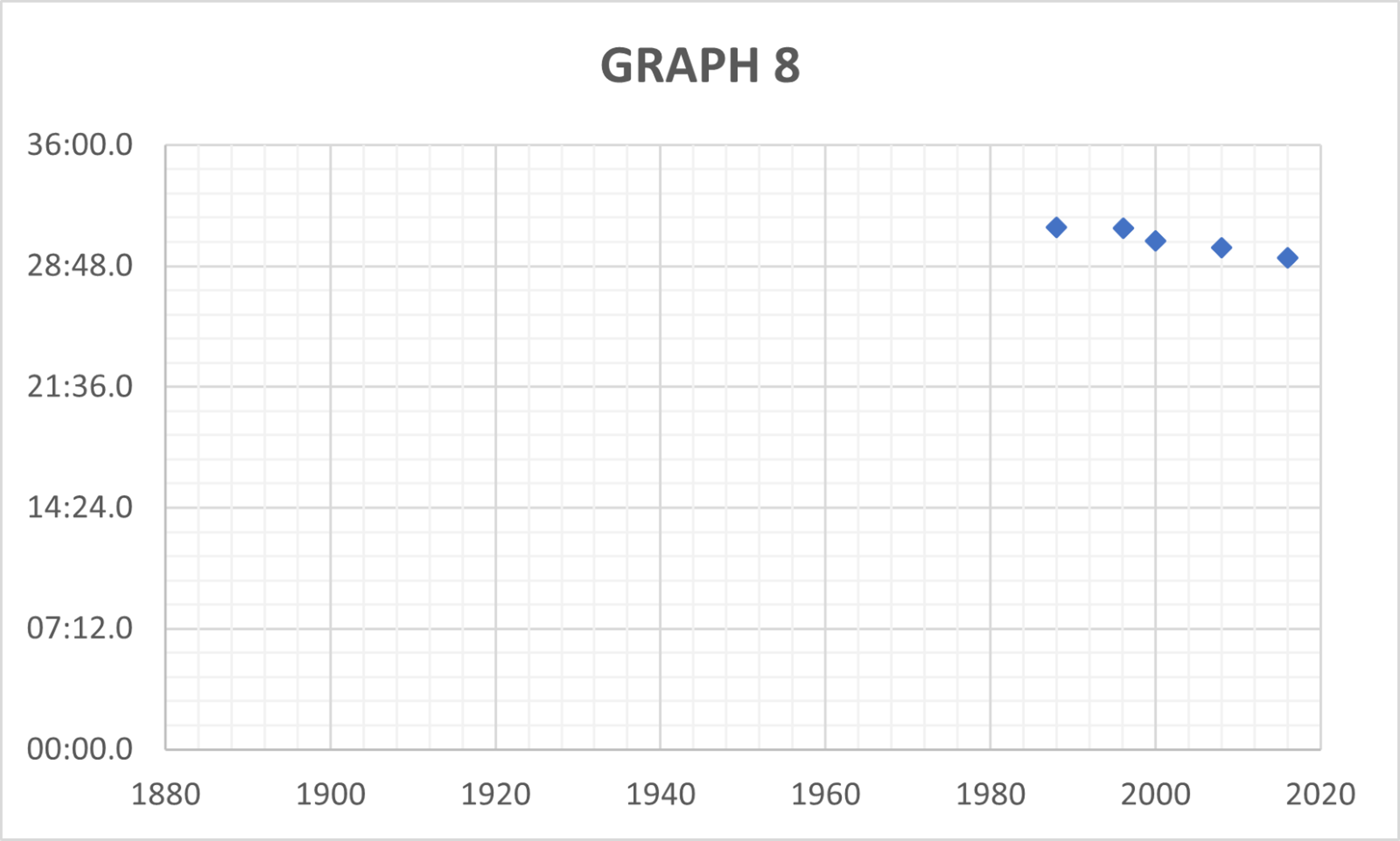Debunking Five Key Myths About Maths
by Dr Ems Lord, NRICH
Although maths is the most popular A Level choice among teenagers (JCQ, 2023), we must address the negative attitudes surrounding a subject where it’s socially acceptable to claim to be ‘no good with numbers’, that ‘maths has no uses in the real-world’ or that ‘maths is boring.’
As someone who loves the subject I chose to study and teach, I’m focusing my efforts on challenging those negative beliefs and I hope that the ideas in this article encourage you to do so too.
Myth Busting 1: ‘Maths is boring’
Surprises are a great way to address our first myth. For example, why do we use a circle and a line to denote an on/off switch?

Understanding the reasons behind using those shapes leads to the surprising nineteenth-century story of the son of a Lincolnshire cobbler.
George Boole became the first professor of mathematics at Queen’s College, Cork. Though born over a century ago, his pioneering studies helped inspire later generations to adopt the binary system in our modern-day electronic equipment. Binary uses only 0s and 1s, in contrast to our decimal number system which requires the digits 0 to 9, making it ideal for designing electronic goods which are either in an ‘on’ or ‘off’ state.
The maths inspired by George Boole over a century ago enables our modern generation to develop electronic devices using what we now know as Boolean Algebra. In recognition of this contribution, the universal symbol for an on/off switch features a circle and a line to represent the binary 0 and 1.
It’s stories like these which help make maths relevant to our tech-savvy youngsters, and I like to think that it also acts a reminder to us all that maths is an evolving subject with plenty of scope for today’s students to make their mark too.
Other surprising maths stories to inspire others include the tales of Dame Mary Cartwright and how, through her research, she became the pioneer of what would later be known as ‘chaos theory’.
There’s also the wonderful story about the citizens of Königsberg. Wishing to find a route around their city which avoided using the same bridge twice, they approached Leohard Euler for his help – his solution led to the introduction of network diagrams two hundred years ago.
We rely on these nowadays for navigating our Tube network, connecting our utilities and ensuring that our GPS systems direct drivers to use the most efficient routes.
Myth Busting 2: ‘You don’t use school maths in real life’
Whenever I hear this comment, I love to share stories which illustrate what can happen when we don’t use our school mathematics.
For example, in his book SAS – Rogue Heroes, best-selling author Ben Macintyre recalled the embarrassing war-time incident during the siege of Tobruk when the relief convoy ran out of fuel halfway through its mission; the French refuelling crews had worked in metric kilometres whereas the British crews had assumed they’d adopted Imperial miles.
No one spotted the error until too late, delaying the relief of the base and costing many lives. It’s fairly straightforward converting kilometres and miles – I tend to use the knowledge that 5km is roughly three miles and work it out from there – but we need to take responsibility for using the maths skills we’ve learned rather than relying on others (who may have made a mistake)!
It’s not just about wartime, there’s been similar issues about civilian aircraft running out of fuel due to conversion errors as well as stories about unfortunate Ebay shoppers who realised too late that they were buying dolls house-sized settees and chairs for their homes.
I explore these tales and others in my Cambridge Festival talk How to lose a billion, which highlights estimating as an essential maths skill which we improve throughout our lives, avoiding the types of embarrassing and often costly errors which plagued the SAS, civilian airliners and Ebay shoppers.
Myth Busting 3: ‘Maths is just about regurgitating facts’
One of my favourite NRICH activities to share with groups is Olympic Records. It’s an activity which challenges assumptions about our society.
Let’s try it! Begin by looking at the first graph which shows the winning times for an Olympic race. Which distance do you think it represents? How do you know?

Image reproduced with permission of NRICH, University of Cambridge, all rights reserved.
If you were going to suggest that the graph displays the winning times for the men’s 100 metres race, you’d be right. Students often justify their responses by referring to their knowledge about the feats of Usain Bolt.
Now look at the second graph, which also shows the winning times for an Olympic race. This time you’ll notice that there’s some data missing. Which race do you think this graph represents?

Image reproduced with permission of NRICH, University of Cambridge, all rights reserved.
The second graph often confuses students. They realise that it represents a longer-distance race but they struggle to explain the missing data; they’re surprised to learn that it represents the women’s 10,000 metres which was not introduced until the 1980s due to concerns about possibly negative impacts on the health of female runners.
These discussions, which draw on the students’ mathematical skills interpreting graphs, are incredibly engaging and help them to realise that interpreting data can help them to understand their world and the societal changes that have happened over time.
Other graphs in the collection can lead to discussions surrounding state-sanctioned drug-taking in the Cold War and the effect of emerging technology on established events. Maths offers opportunities to bring together different subjects, from sports to social studies. Enriching our understanding about our world both past and present, it goes far beyond regurgitating facts!
Myth Busting 4: ‘Maths is for loners’
Whenever we face a challenge, it’s much better to bring together a team to help overcome it, and maths is not an exception.
From Alan Turing and Bletchley Park codebreakers to the human computers at NASA immortalised in the film Hidden Figures, advances in maths have often relied on teamwork.
More recently, the Covid outbreak brought together mathematical modellers from universities across the country to help understand how to manage the outbreak and prevent the loss of life, leading to the founding of the Joint Universities Pandemic and Epidemiological Research project, better known as JUNIPER.
Myth Busting 5: ‘Maths is all about numbers’
Although numbers play an important role, maths is far more than numbers. Maths is very visual too.
As the child of an artist and an engineer, I’ve always been encouraged to appreciate the moments of awe and wonder that can happen when maths and art are brought together.
There’s the wonderful example of the Alhambra Palace, a building which highlights the relationship between maths and art. Since the depiction of animals and people is forbidden in the Islamic faith, complex and intricate tile patterns were used to adorn the palace.
Visitors to the palace can satisfy both their mathematical curiosity and appreciation of art by exploring its use of symmetry and wall patterns to create such a beautiful building. Thinking about wall patterns leads our discussion on to consider the world of tessellation, an artform practised throughout human history.
Very few shapes tesselate, and mathematics can help us understand why that’s the case; triangles will tesselate but not pentagons (a fact overlooked by this road sign for a football stadium)! (add picture)
The work of E.S. Escher (add picture) also highlights the magic which can happen when maths and art combine.
Throughout my career I’ve found that the above examples – among many others – offer incredibly useful ways to help challenge some of the erroneous myths surrounding such a fantastic and rewarding subject. Perhaps you can add to this too, and help promote the study of maths to future generations.
Pearson’s Power of Maths campaign works to ensure that everyone can engage with maths and what it can do. Whether it's tackling issues facing maths education or promoting maths positivity, we're focused on working alongside leading thinkers and organisations to help build a number-confident nation.
Discover Pearson’s range of qualifications and resources, creating pathways for all students to succeed in maths.
Join the Power of Maths community here.
About the author
Dr Ems Lord is the Director of NRICH, the multiple award-winning maths outreach project based at the Faculty of Mathematics at the University of Cambridge and is a valued member of the Power of Maths community.
Ems holds a Research Fellowship in the Sciences at Clare Hall College, University of Cambridge, and she is the Chair of The Mathematical Association (having previously been President). Ems is a fellow of The Institute of Mathematics and its Applications and a Founding Fellow of the Chartered College of Teachers as well as being a regular contributor to the All-Party Parliamentary Group for the Teaching Profession and a member of the Joint Mathematical Council.
Ems has taught mathematics across the key stages, from Early Years to A Level Further Mathematics, and has worked in a variety of settings including a hospital school. Her previous roles include supporting schools as a Leading Mathematics Teacher, local authority consultant and as a Chartered Mathematics Teacher. Ems led one of the largest Masters-level Mathematics Specialist Teacher (MaST) programmes and has taught mathematics education on both BEd and PGCE teacher programmes, and now supervises Masters students.